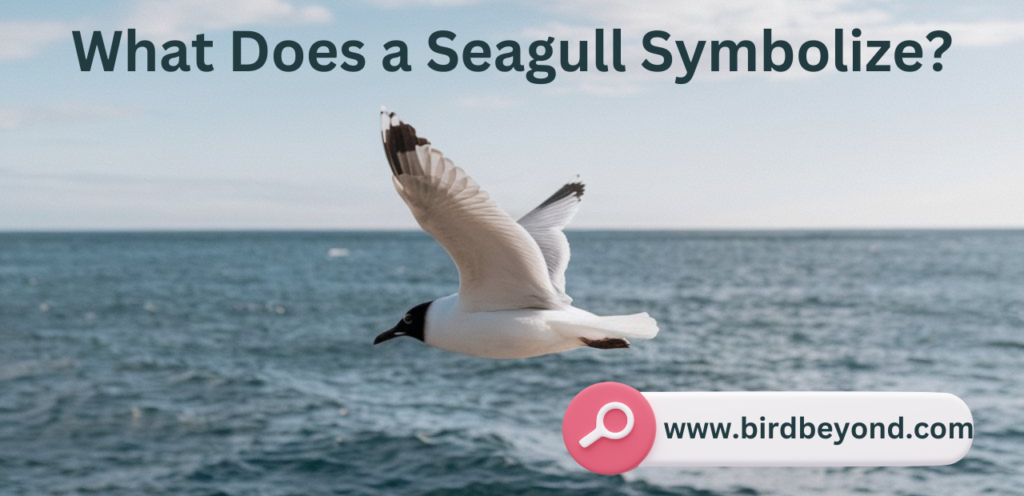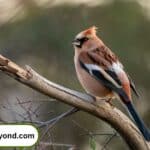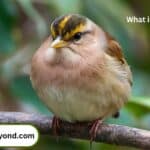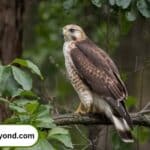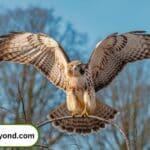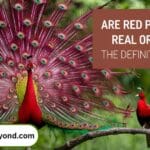Seagulls, those ubiquitous coastal dwellers, have long captured our imagination with their graceful flight and haunting cries. But these birds are far more than mere beach scavengers—they carry rich symbolism that spans cultures, continents, and centuries. In this comprehensive exploration of seagull symbolism, we’ll dive deep into the hidden meanings and spiritual significance of these remarkable creatures. From ancient folklore to modern interpretations, we’ll unravel the complex tapestry of seagull symbolism and its relevance in our lives today.
The Natural World of Seagulls: More Than Meets the Eye
Before exploring seagull symbolism, let’s ground ourselves in the fascinating reality of these birds. Belonging to the family Laridae, seagulls are diverse, with over 50 species worldwide. From the tiny Little Gull to the imposing Great Black-backed Gull, seagulls thrive in a vast array of coastal and inland habitats.
Adaptability: Nature’s Survivors
One of the most striking features of seagulls is their incredible adaptability. This trait is central to seagull symbolism, representing flexibility and resourcefulness. Remarkable facts include:
- Seagulls can drink both fresh and saltwater, thanks to special glands that filter excess salt.
- Many gull species thrive in urban environments, showcasing their problem-solving skills.
- Some gulls use tools, such as dropping shellfish on hard surfaces to crack them open.
Their dietary flexibility is also noteworthy. Seagulls’ diet includes:
- Marine Life: Fish, squid, crustaceans
- Insects: Flies, beetles, grasshoppers
- Small Animals: Rodents, small birds
- Plant Matter: Berries, seeds, algae
- Human Food: Discarded scraps, handouts
This adaptability has allowed seagulls to thrive in various environments, from pristine shorelines to bustling city centers.
Ecological Role: Coastal Custodians
Seagulls play a vital role in coastal ecosystems:
- They help control fish and invertebrate populations.
- Their droppings serve as fertilizer for coastal plants.
- Seagulls act as indicators of ocean health, reflecting changes in marine ecosystems.
Understanding these natural aspects provides essential context for the rich seagull symbolism developed over human history.
Cultural Symbolism Across the Globe: A Bird of Many Meanings
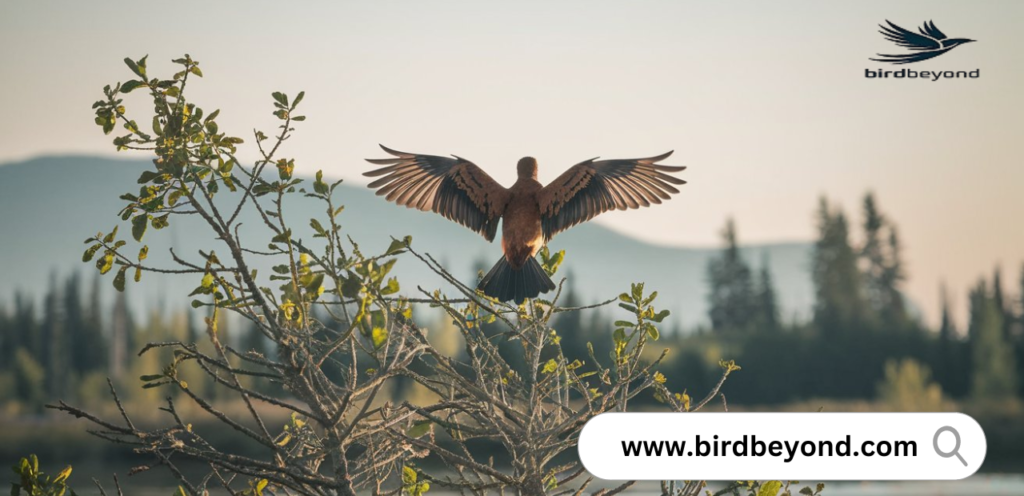
Seagull symbolism spans various cultures and interpretations. Here are some prominent examples:
Celtic Traditions: Souls on the Wing
In Celtic lore, seagulls are soul carriers, symbolizing:
- The journey between life and death
- Freedom of the soul
- Connection to the spiritual realm
Native American Perspectives: Wisdom of the Coast
Native American seagull symbolism varies among tribes but commonly includes:
- Resourcefulness and adaptability
- Communal living and cooperation
- Connection to sea and sky
Maritime Folklore: Guiding Lights for Sailors
Historically, seagulls played crucial roles in maritime culture:
- Navigational aids: Their presence indicated nearby land.
- Weather predictors: Their behavior was believed to forecast storms or calm seas.
- Good luck charms: Seafarers considered gulls to bring good fortune.
Japanese Symbolism: Longevity and Fortune
In Japanese culture, seagulls (umineko) symbolize:
- Long life and good health
- Safe sea voyages
- Abundance and good fortune
Seagulls in Literature and Art: Winged Muses
Seagulls have inspired countless artists and writers, often representing:
- Freedom and boundless horizons
- The wild, untamed nature of the sea
- Solitude and contemplation
Literary Appearances
- Richard Bach’s “Jonathan Livingston Seagull” symbolizes self-improvement and transcendence.
- Anton Chekhov’s play “The Seagull” uses the bird as a symbol of freedom and artistic aspiration.
- Ernest Hemingway’s “The Old Man and the Sea” features seagulls as companions and omens.
Visual Arts
Artists like Andrew Wyeth and Winslow Homer capture seagulls’ essence, imbuing them with mystery and timelessness.
Psychological and Spiritual Interpretations: Wings of the Soul
Seagull symbolism extends into psychology and spirituality:
- Freedom and Transcendence: Represented by their effortless flight and joy.
- Opportunism and Resourcefulness: Encourages seizing opportunities and adapting creatively.
- Spiritual Messengers: Viewed as messengers between the earthly and spiritual realms.
Dream Symbolism: Nighttime Flights of Fancy
Dreams featuring seagulls often reflect:
- Freedom and Escape: A desire for greater freedom.
- New Opportunities: Symbolizing upcoming chances or the need to be opportunistic.
- Communication: Important information or the need to express oneself.
- Adaptability: Reflecting your ability to adapt to change.
Case Study: Sarah’s Seagull Dream
Sarah, an office worker, dreamed of a seagull delivering a message. Reflecting on it, she realized it represented her desire to pursue a more fulfilling career by the coast, inspiring significant life changes.
The Symbolism of Encountering Gulls in Daily Life
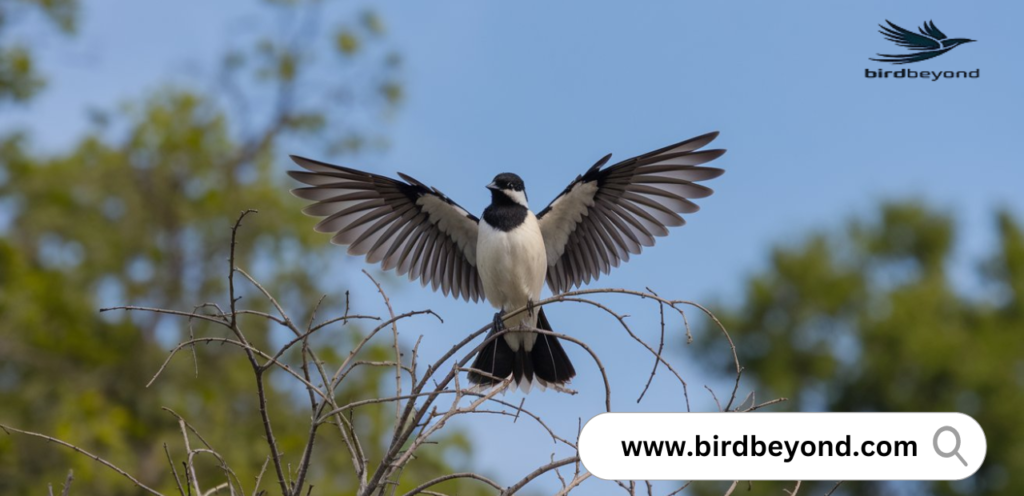
Interactions with seagulls can also carry symbolic meaning:
- Seeing a Lone Gull vs. a Flock: Independence or community.
- Interacting with Gulls: Feeding or rescuing them may symbolize nurturing or healing.
- Finding Gull-Related Objects: Can be seen as messages or signs.
Encountering an Injured or Dead Gull
- An injured gull might symbolize vulnerability or the need for healing.
- A dead gull often relates to the end of a phase or letting go of outdated beliefs.
Modern Perceptions and Changing Symbolism
As society evolves, so does the symbolism of seagulls:
- Urban Gulls: Symbolize resilience and adaptability in urban settings.
- Environmental Indicators: Reflect the health of marine ecosystems and the need for conservation.
- Tourism and Coastal Identity: Represent vacation memories and coastal culture.
Seagulls in Personal Growth and Self-Reflection
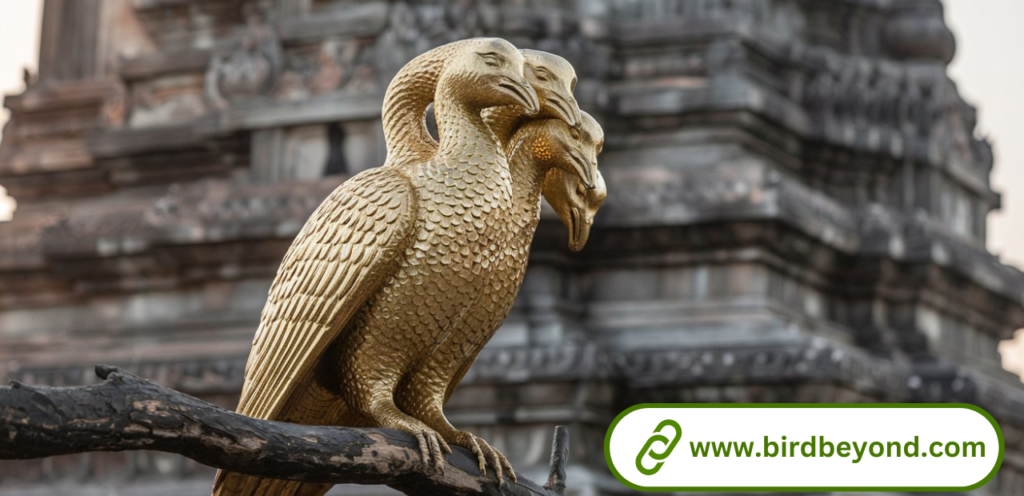
Seagull symbolism offers lessons for personal growth:
- Embrace Adaptability: Thrive in diverse environments.
- Seize Opportunities: Be alert to new chances.
- Find Balance: Navigate life’s boundaries gracefully.
- Communicate Clearly: Let your voice be heard.
- Cultivate Resilience: Weather life’s storms with tenacity.
Incorporating Seagull Wisdom
- Meditation: Visualize soaring like a seagull for perspective.
- Journaling: Reflect on seagull-like qualities to develop.
- Art Therapy: Create seagull-inspired artwork.
- Nature Observation: Watch seagulls to gain insights.
Conclusion: The Enduring Power of Seagull Symbolism
From ancient Celtic soul-carriers to modern symbols of coastal life, seagulls have maintained a powerful presence in human culture. Their ability to navigate sea, land, and sky with ease symbolizes freedom, adaptability, and spiritual connection. Embrace the wisdom of seagulls to navigate your own life with greater grace and insight.
Frequently Asked Questions About Seagull Symbolism
To further clarify some common queries about seagull symbolism, here’s a helpful FAQ section:
Q: What does it mean when a seagull crosses your path?
A: In many spiritual traditions, a seagull crossing your path is often seen as a message to pay attention to your surroundings. It might symbolize:
- An opportunity on the horizon
- The need for adaptability in your current situation
- A reminder to maintain balance between different aspects of your life
Q: Are seagulls considered good luck?
A: The perception of seagulls as lucky or unlucky varies across cultures:
- In maritime folklore, seagulls are often considered good luck for sailors, signaling nearby land.
- In some Native American traditions, seagulls are seen as positive omens, representing resourcefulness and adaptability.
- However, in certain urban areas where gulls are seen as pests, their presence might be considered less fortunate.
Q: What does it mean to dream of feeding seagulls?
A: Dreaming of feeding seagulls could symbolize:
- Nurturing aspects of yourself that crave freedom or adventure
- A desire to connect with nature or coastal environments
- The need to “feed” or pay attention to messages from your subconscious
Remember, dream interpretation is highly personal, and the context of your life plays a crucial role in understanding your dreams.
Q: How do seagulls represent freedom?
A: Seagulls symbolize freedom in several ways:
- Their ability to soar effortlessly on air currents
- Their presence at the intersection of sea, land, and sky
- Their adaptability to various environments
- The apparent joy and abandon of their flight
This seagull freedom symbol often inspires people to break free from constraints and pursue their dreams.
Q: What is the spiritual meaning of a seagull?
A: The spiritual meaning of seagulls can include:
- Messengers between the physical and spiritual realms
- Symbols of the soul’s journey and freedom
- Reminders to maintain perspective in life’s challenges
- Encouragement to adapt and seize opportunities
Different spiritual traditions may interpret seagull symbolism in various ways, so personal reflection is key to understanding what seagulls mean to you spiritually.
Q: Do seagulls have any significance in Native American culture?
A: Yes, seagulls hold significance in many Native American cultures, particularly among coastal tribes. Native American seagull meaning often includes:
- Cleverness and adaptability
- Community and cooperation
- Connection to both sea and sky spirits
- Wisdom and guidance
The specific interpretations can vary between different tribes and regions.
Q: What does it mean if I keep seeing seagulls?
A: Repeatedly encountering seagulls might be interpreted as:
- A call to embrace more freedom or flexibility in your life
- A reminder to stay alert for new opportunities
- A sign to pay attention to your intuition or “messages” from your subconscious
- An encouragement to adapt to changing circumstances
If you’re noticing seagulls more frequently, it might be worth reflecting on what’s happening in your life and what wisdom these encounters might offer.

William Henry is a distinguished blogger with a flair for avian storytelling. With a wealth of experience, he delivers captivating insights and expert knowledge to Bird Beyond. William’s passion for birds and his engaging writing style make him a standout voice in the birdwatching community, offering readers both valuable information and delightful narratives.

